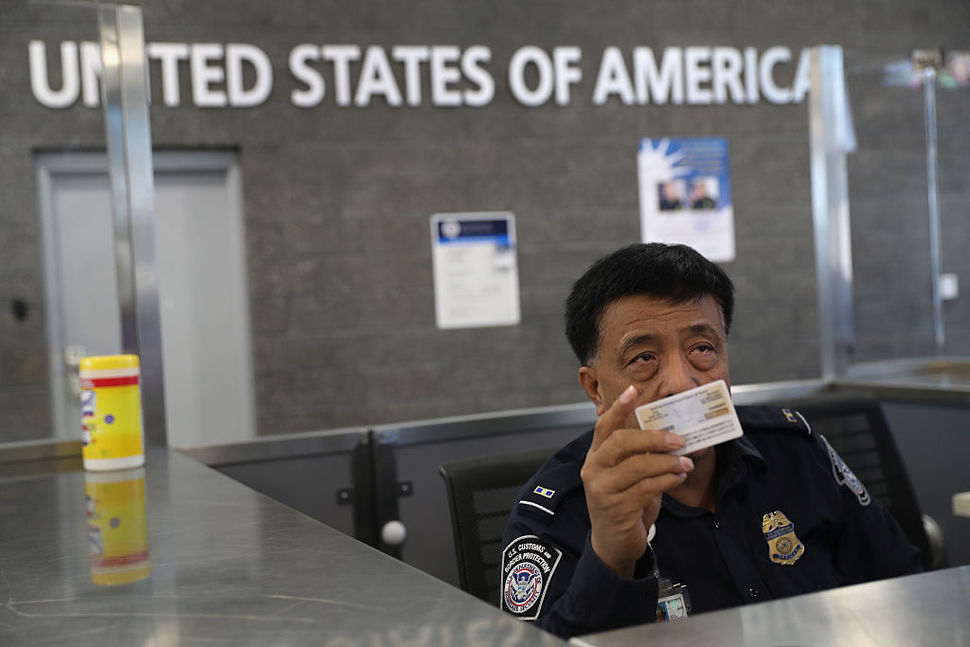WASHINGTON—The government’s failure to fix a broken electronic immigration processing system that mistakenly approved at least 20,000 green cards could give the Trump administration justification for cutting the number of immigrants allowed into the U.S.
Immigration advocates as well as critics agreed Tuesday that serious flaws in the Citizenship and Immigration Services’ electronic application screening system, pointed out by Department of Homeland Security Inspector General John Roth in March 2016, might lead to a drop in approved green cards and citizenship. The conservative Federation for American Immigration Reform believes a slower, manual application review would provide more protection against terrorists, while the National Partnership for New Americans and others say slower processing is unfair.
Roth on Monday took what he called the “extraordinary step” of issuing a statement before his final report is completed that called for the immigration service to suspend use of the electronic system until bugs are fixed.
“The urgent recommendation stems from an ongoing review which discovered alarming security concerns regarding inadequate background checks and other functionality problems with ELIS,” Roth said.
Neither the White House nor the Citizenship and Immigration Services had a comment on Roth’s call for a shutdown of the electronic system.
“I fear that in light of the newly arrived federal administration, transgressions like this can be used to say, ‘We’re just going to shut this down forever,’” Oscar Chacon, executive director of Alianza Americas, said. He said that despite its flaws, the Electronic Immigration System moves faster than going back to have immigration staff approve applications. Chacon worried that manual review would cause a huge drop in approvals.
But Federation for American Immigration Reform spokesman Ira Mehlman said the glitch illustrates that the U.S. is over-capacity in the number of people allowed to cross its borders.
“It’s impossible to do the kind of work that is necessary when your workload is so enormous, and it’s one of the reasons the numbers need to be reduced,” he said. “The policies need to be adjusted and obviously we want to have effective software and other technologies.”
The government’s continued use of the computer system highlights the need for more hiring at the agency, said Karen Gillespie, senior associate attorney at the Meltzer Hellrung immigration law firm.
President Donald Trump’s executive order to freeze federal hiring “is going to halt any of their efforts to adjudicate the backlog,” she said. “But ultimately I think it comes down to funding, and unfortunately right now immigration is not a part of popular public concern. So, it’s going to be difficult for the agency to get a sympathetic ear.”
In November, Roth released a report that warned that the 20,000 improperly issued green cards could result in approved applicants being unable to obtain benefits, maintain employment or prove lawful immigration status. Some could even enable terrorists, criminals and illegal aliens to remain in the U.S. and access immigrant benefits.
The computer system also delayed in renewals for deferred action for childhood arrivals in the fall, said Tara Raghuveer, deputy director of National Partnership for New Americans.
“A drive for efficiency and the sort of vision for a less human, more ardent eyes on applications, that’s what we’re told is the purpose behind ELIS,” Raghuveer said, adding: “When individuals are eligible for U.S. citizenship, USCIS should exist to make the application process fair and efficient for them.”
According to Department of Homeland Security data, delays from July to September left more than a half-million applicants with pending naturalization applications—a 42.4 percent increase from the same period in 2015.


